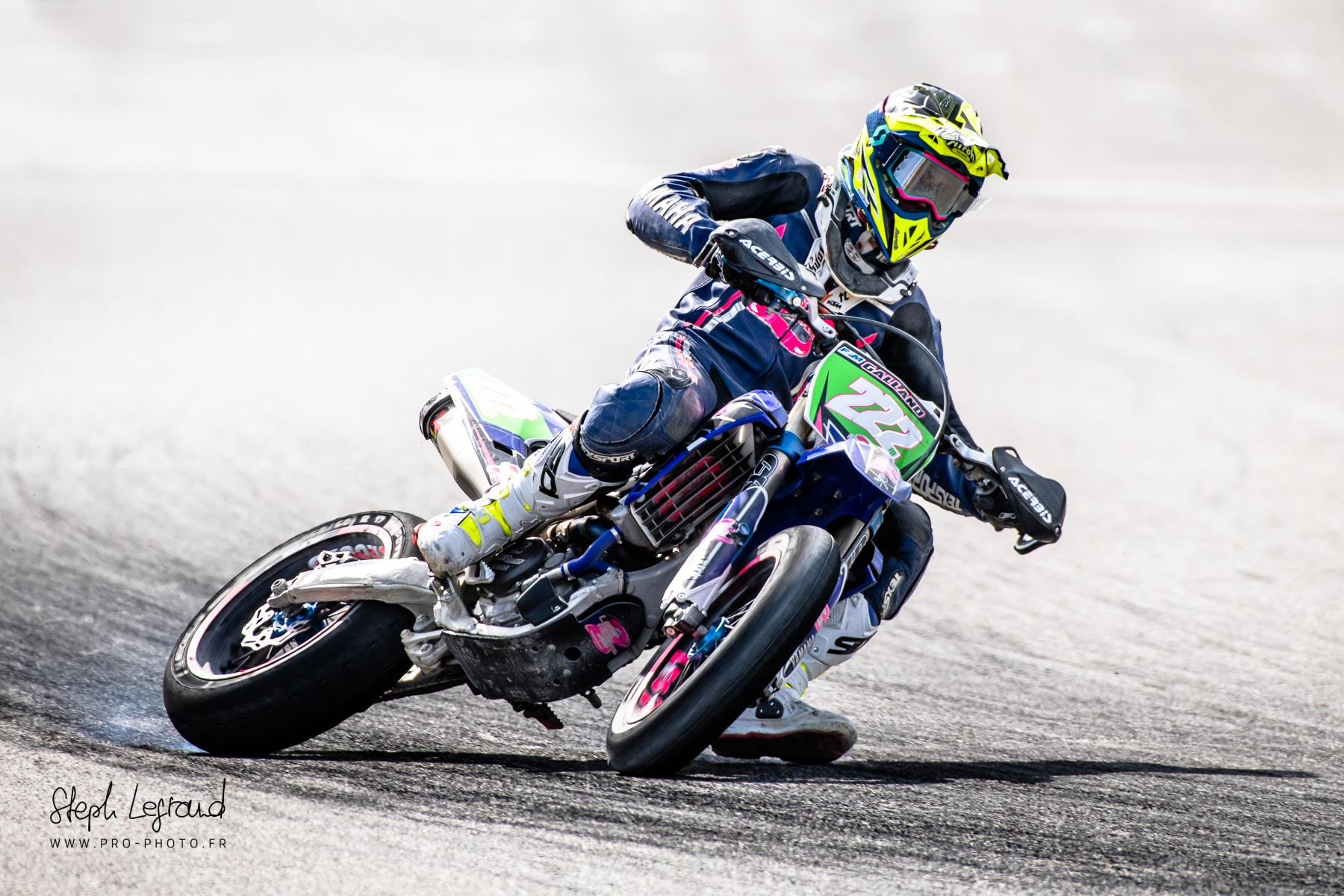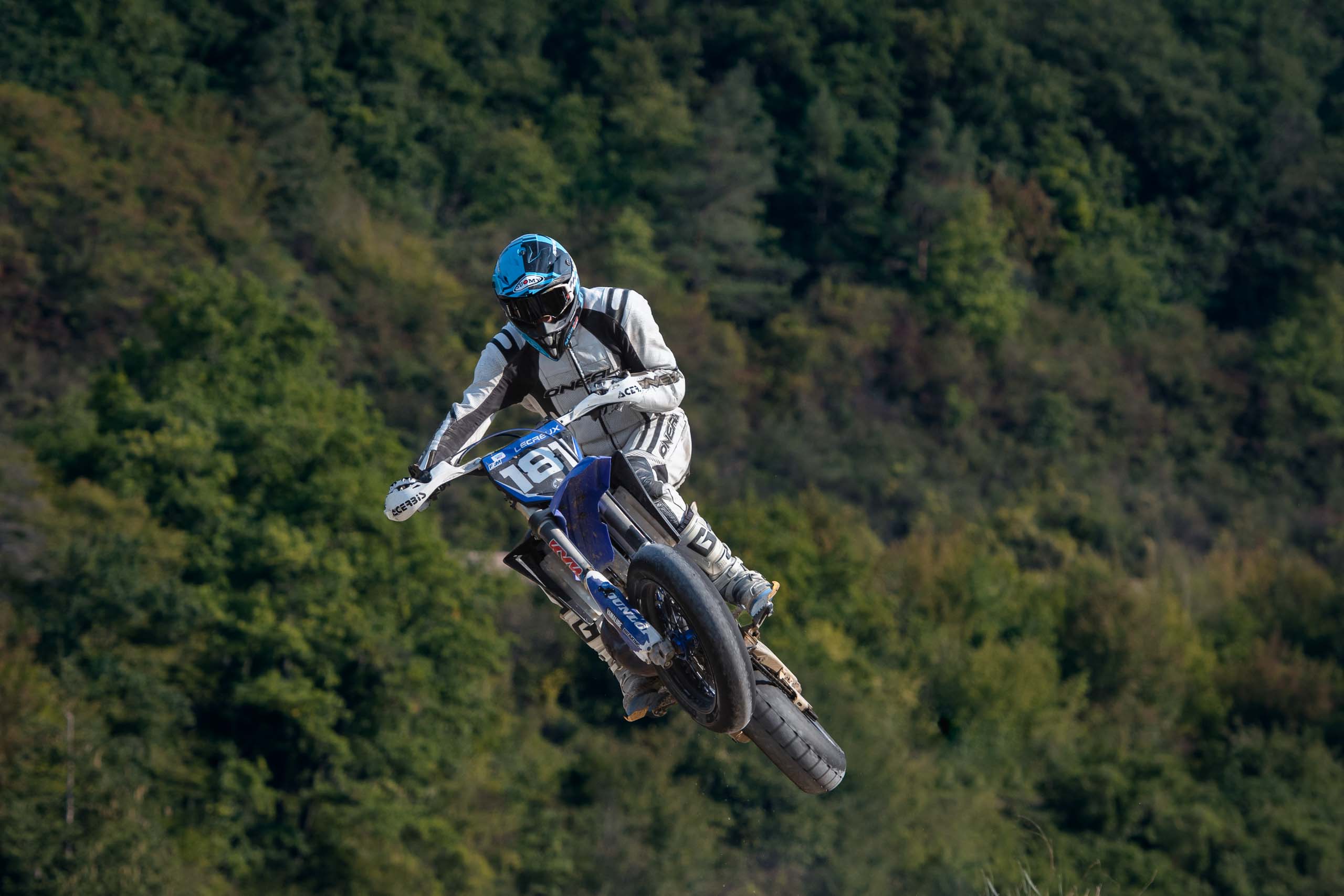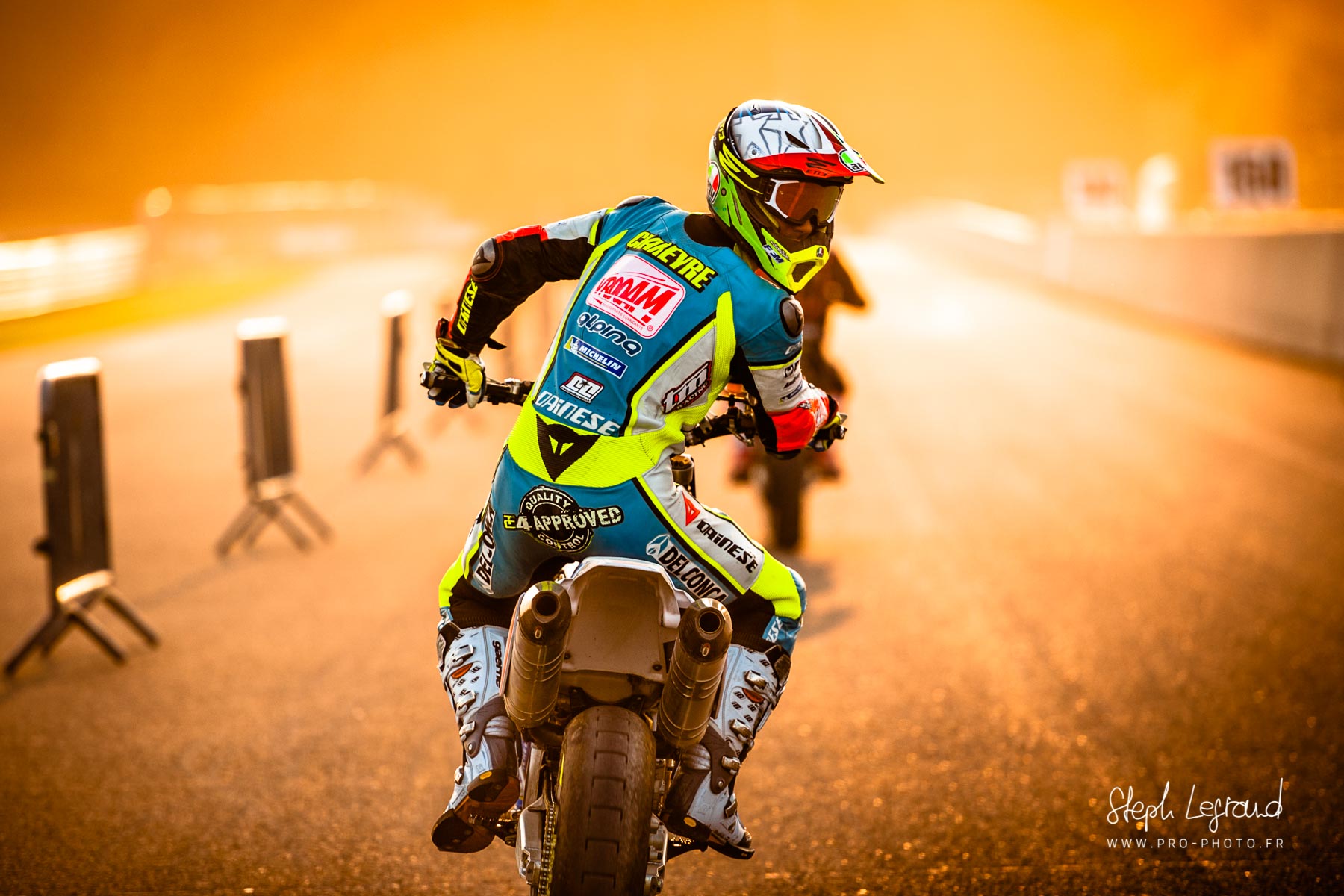what is photo theft ?
A few days ago, I published a post entitled How to prevent photo theft on social media? I got a lot of reactions! For many, a photo published on the internet is always automatically “free of rights” or “in the public domain”. This is entirely untrue.
So here are a few additional explanations. Again, I am not a lawyer: if you want more technical details, you can visit dedicated blogs.
So I can’t use a photo I find on the Internet?
The simple answer is no. A photo is always taken by someone, whether amateur or professional. That person is the author of the photo and owns the intellectual property rights to it.
If you find a photo on the internet that you like, you can always save it to your phone or computer. The problem begins if you publish the photo.
And I have to pay to use a photo I find on the Internet?
In practice, it depends. Sometimes the photographer may ask you to pay, sometimes they will grant a free permission. And sometimes, even if you pay, you won’t get permission.
A very specific example: I take pictures of some events for the French Motorcycling Federation (FFM). The aim is general communication in the media, through press releases, the official website for the championship, and the Facebook page for the championship. In this case, the FFM (my client) authorizes personal use by the riders of their own pictures. None of the photos are free of rights, but each rider may get the authorization to publish their own pictures.
Still in the same example, a company is not allowed to do commercial communication using the same photos, unless there is an additional, specific agreement. The initial contract does not cover these purposes.
So how do you know? There is only one way: ask the photographer and / or the client.
But there is no logo / no signature on the picture!
The presence of a signature or a logo has nothing to do with copyright. If it is there, it is an element of communication for the photographer or their client.
If there is no signature or no logo, the photograph is still legally protected, in exactly the same way.
But I include the photographer’s name, it’s publicity for them!
Wrong.
Putting the photographer’s name next to the photo each time it is published is strictly a legal obligation (in most countries). It’s true in all cases, even for a paid photo.
I have a page promoting supermoto, we share the same passion!
Congratulations, that’s really great! I’m all for the promotion of supermoto. But that does not give you the right to use my pictures without asking me. If you have a Facebook / Flickr / Instagram / Pinterest / Twitter / Tumblr account on supermoto, your goal is to get subscribers and likes. If you’re using my work to achieve your goal, I hope you can see why I have a problem with that.
So you have to request permission from me for every picture. If you get permission to publish a photo, see the Copyright page to find out how to do it.
I have agreements with several riders / clubs / organizations on specific photos, so there are perfectly acceptable uses.
If you’re a club, an association, and you need photos to promote your events, I have some photos available for that in some cases. In particular, if it concerns the promotion of the French championship, I have a photo bank of HD photos under license at your disposal. You can also ask directly to the FFM. But if you download pictures without authorization on the Internet, there is always a risk that they are already covered by another contract with a client. You may then have to pay substantial damages.
So what is photo theft?
You can see that it’s complicated, and often I’m trying to be lenient with some uses. But the following cases are very clear:
- commercial use of my photos without my permission is strictly forbidden;
- a use for personal gain on a social network account (followers, likes) without my consent is prohibited. And especially if it is not the personal account of the rider in the photo;
- obviously, any use of my photos on a xenophobic, sexist, discriminating, homophobic, pornographic support is strictly forbidden.
It’s too complicated, could it be simpler?
Yes, there is a very simple solution: never publish a photo that does not belong to you.
What about passion in all of this?
Again, it has nothing to do with it. I’m passionate about photography, and passionate about my work. We can talk about this for hours. I’m very involved in the supermoto universe. I also do a lot of volunteer work. If you don’t do any, I encourage you to do it, it’s great fun. And like you, I can decide who and what I volunteer for.
Related links
Illustration: backing it in, featuring Arthur Galland, Villars-Sous-Écot, 16 September 2018





